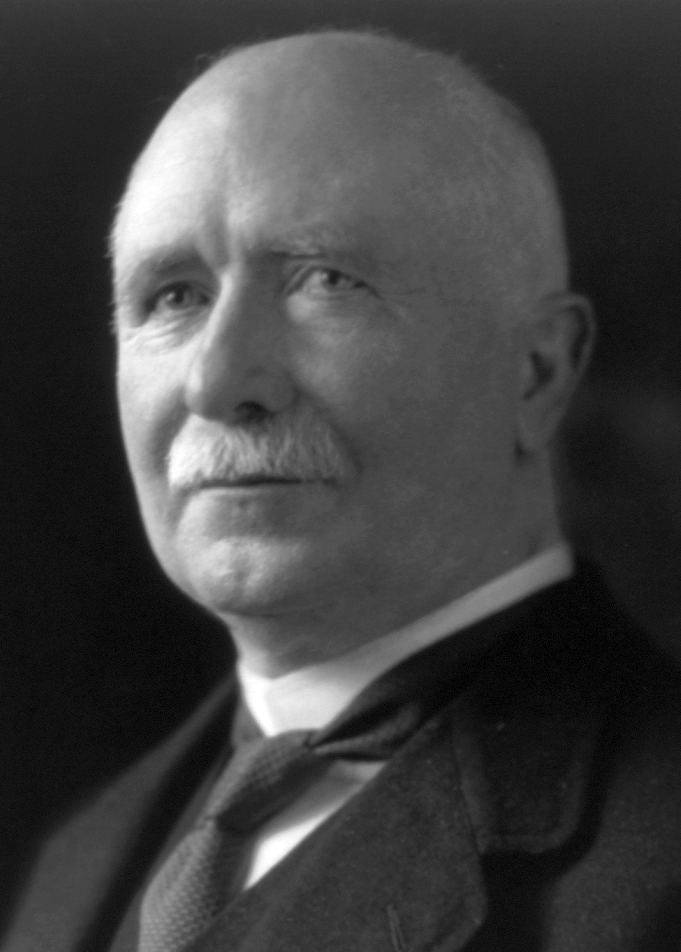 | ||
The Reform Government of New Zealand was the government of New Zealand from 1912 to 1928. It is perhaps best remembered for its anti-trade union stance in the Waihi miners' strike of 1912 and a dockworkers' strike the following year. It also governed during World War I, during which a temporary coalition was formed with the Liberal Party.
Contents
Industrial
Health
Welfare
Education
Foreign affairs and military
Formation
From the start of representative government in New Zealand, in the mid nineteenth century, until the 1890s, New Zealand governments were not formed on a party basis but were rather loose and shifting groups of individuals. In the 1880s and 1890s a group of politicians formed themselves into New Zealand's first true political party, the Liberals, which became the Liberal government in 1890. It remained in power for more than two decades, testimony not only to its popular policies and dynamic leadership but also to its organisation and party structure.
The opposition was initially disorganised and fractured. John Bryce was briefly recognised as Leader of the Opposition in 1891, then William Rolleston from 1891 to 1893 and William Russell from 1894 to 1901. William Massey held the position from 1903, and by 1909 the opposition had coalesced into a new party known as the Reform Party under Massey's leadership.
Although the 1911 election saw Reform win 37 seats to the Liberal Party's 33, the balance of power was held by several independent Members of Parliament, who supported the Liberals. Over the next few months, however, enough switched sides for the Liberal government to lose a confidence vote, thus bringing Reform to power in July 1912.
1914 election and wartime coalition
Following the 1914 election, Reform held only 40 seats in the 80 seat parliament. By this time only one independent MP remained, the left-wing John Payne. Neither he nor the two small workers' parties (United Labour and Social Democrats) in parliament were likely to ally with the right-wing Reform Party.
Fortunately for Reform, the outbreak of World War I earlier in the year had created a need for national unity, and a hitherto unlikely coalition was formed between Reform and the party Reform had been set up to defeat, the Liberals. Massey retained his position as Prime Minister, with Liberal leader Joseph Ward becoming unofficial co-leader. Payne also supported the war, but both United Labour and the Social Democrats were against it, especially conscription. In 1916 they combined to form the New Zealand Labour Party, which became the official opposition. Several Labour MPs were jailed for their anti-conscription activities or for refusing military service.
1919 election
The coalition became increasingly difficult to manage, due partly to a personality clash between Massey and Ward. Following the end of the war in November 1918, the coalition dissolved, the two parties fought the subsequent election separately. Reform won an additional six seats, gaining a working majority at last.
1922 election
Economic problems had reduced the government's popularity, and the election left Reform with only 37 seats - four short of a majority. Massey was forced to cobble together a coalition of Reform, independents, and two Liberal MPs who were later rewarded with seats in the Legislative Council. The Labour Party was gaining considerable support, causing Massey to worry that it would soon supersede the Liberals.
1925 election
Labour continued to grow in popularity, and in the 1925 election gained more seats than the Liberals. The two parties were competing for many of the same voters, and for the anti-government vote in particular, and this worked to Reform's benefit. Although the party gained an additional 18 seats, its share of the vote rose by only 8.3%, suggesting that it benefitted from vote-splitting in many electorates.
1928 election
Following its disastrous performance in the 1925 election, the Liberal Party reconstituted itself as the United Party and regained some of its lost popularity. Reform and United each won 27 seats, with the Labour Party holding the balance of power with 19. Labour were long-term opponents of Reform and supported United, enabling United to take power.
Prime ministers
The government was led by William Massey from 10 July 1912 until his death on 10 May 1925. Francis Bell, who had earlier been Acting Prime Minister, briefly became Prime Minister (from 14 to 30 May 1925) but declined his party's offer of the job on a permanent basis. Gordon Coates was then appointed from 30 May 1925, and held the position until 10 December 1928, as his party was defeated in the 1928 general election.
